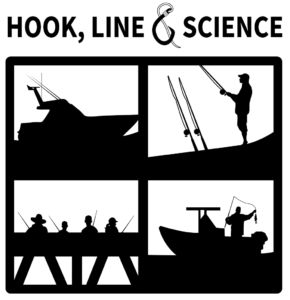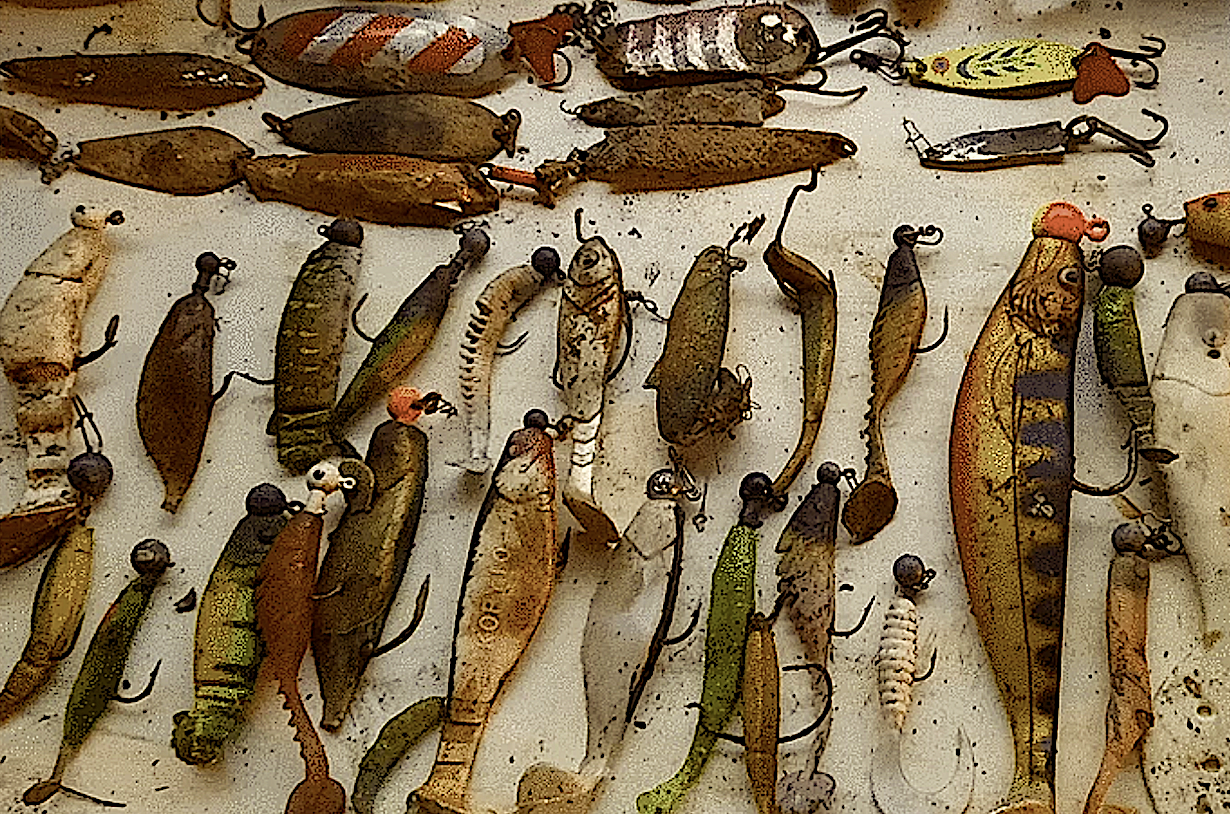Scientists use the “Fish Rules” app to figure out whether off-shore wind farms will be on sites that are important to anglers.
Research Need
Offshore wind farms are under various stages of development along the East Coast, and that has more than a few fishers anxious about the future. With most leased areas close to shore and in waters less than 200 feet deep, some fishers are concerned that the overlap of preferred fishing locations with the proposed farms is not well documented.
While commercial and for-hire fisheries have existing programs to identify fishing locations, there is little to no data about anglers who fish on private boats in the ocean. And this is by no means a small sector. East Coast anglers on private or rented vessels took 14.7 million fishing trips in the Atlantic in 2023. In comparison, for-hire operations took about 824,000 trips.
Knowing that many anglers now prefer the smartphone app “Fish Rules” to access rules and regulations for specific species by GPS location, scientists thought that this data might begin to describe where and for what species offshore anglers fished. And given that fishers often use Fish Rules while fishing, there was a good chance the private angler and for-hire data would overlap.
What did they study?
NOAA scientists partnered with Fish Rules to undertake this study.
Working in the Mid-Atlantic region from North Carolina to Massachusetts, the team assembled and then compared: (1) Fish Rules data from 2020 and 2021 from private anglers, (2) for-hire electronic logbook records of catch and effort during the same time period, and (3) the geographic footprint of all current and proposed offshore wind farms.
The research team used complex models to compare target species, catch, effort, and location of private anglers with for-hire ocean operations and then considered these findings in the context of proposed and existing offshore wind leases.
What did they find?
The results suggest that locations derived from the Fish Rules smartphone application are highly likely to be representative of private recreational fishing activity.
The team looked closely at 13 popular species (striped bass, Atlantic cod, summer flounder, haddock, scup, red drum, black sea bass, tautog, bluefish, windowpane flounder, winter flounder, yellowtail flounder, and weakfish) and found all but yellowtail flounder and weakfish geographically clustered in terms of fishing activity.
The degree of overlap of off-shore windfarm lease areas varied by species. For example, four clusters of black sea bass fishing activity overlapped with 17 wind lease areas, the most overlaps for any species. But we know from a previous Hook, Line & Science story that offshore wind structures will be a benefit to black sea bass.
On the other hand, the results suggest that private recreational trips for tautog, haddock, and cod are most exposed to impacts from offshore wind development.
Anything else?
The locations where fishers viewed Fish Rules regulations corresponded with locations of abnormally high rates of harvest for the species investigated. This suggests that Fish Rules data will be useful for future management discussions of private recreational fishing interests.
So What?
Here at Hook, Line and Science, we have profiled two recent research articles related to the development of offshore wind farms, including what anglers think about them and what species we can expect to catch off North Carolina.
This study is interesting for at least two reasons. First, it utilizes information from a popular app to address a longstanding data deficiency in ocean fisheries, and, second, it begins to tackle how scientists might work hand in hand with industry to collect better recreational data to improve all types of management.
Reading
For updates on all things offshore wind energy, including potential impacts to fisheries, consider subscribing to the free monthly newsletter put together by Rhode Island Sea Grant.
Geret DePiper, Dennis Corvi, Scott Steinback, D. Albrey Arrington, Rick Blalock, and Nate Roman. Leveraging data from a private recreational fishing application to begin to understand potential impacts from offshore wind development. ICES Journal of Marine Science, 2023, 00, 1–11. https://doi.org/10.1093/icesjms/fsad154
BY SCOTT BAKER.
lead photo: Block Island off shore wind farm (AdobeStock).
The text from Hook, Line & Science is available to reprint and republish at no cost, but only in its entirety and with this attribution: Hook, Line & Science, courtesy of Scott Baker and Sara Mirabilio, North Carolina Sea Grant.

- Categories:




